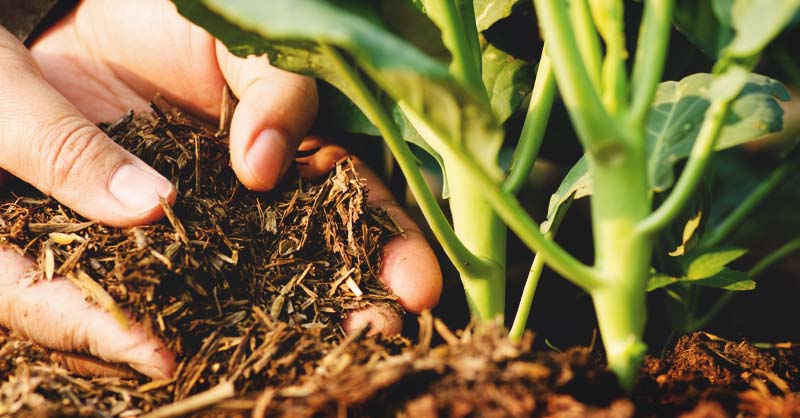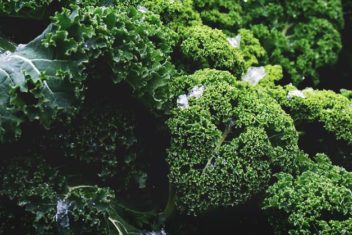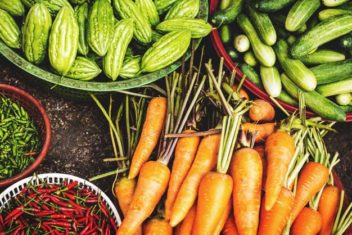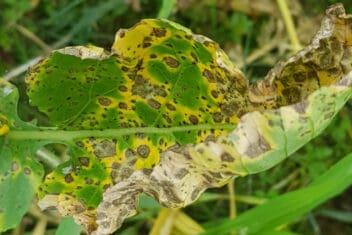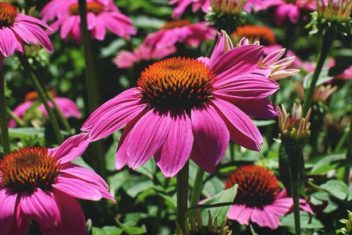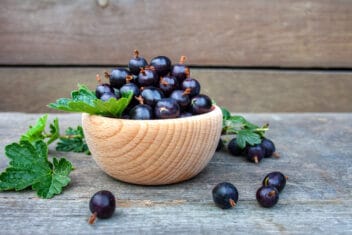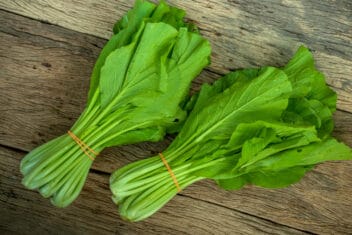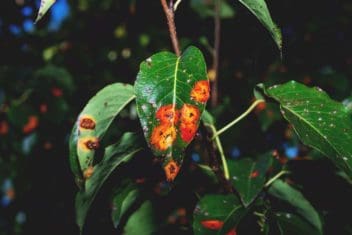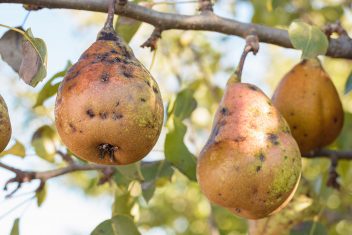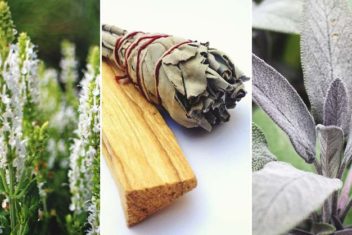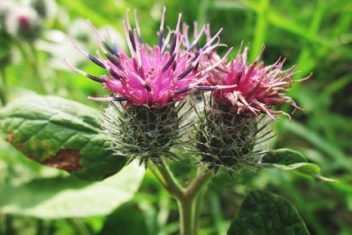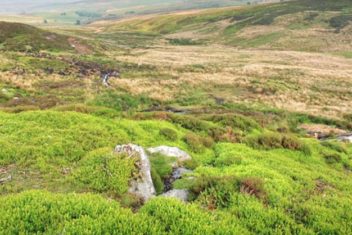Sooner or later, every gardener wants to figure out how to make the most out of their compost. When we moved into our home, we noticed that the previous owners left a compost bin and I was gleeful about the prospect of making my own ‘black gold.’ Sitting in the corner of the yard, sheltered by cedar hedges, I spent that first year carefully sticking in organic matter.
I quickly realized that the bin was cracked in two places and in a terrible spot. It was in a shaded area close to plant roots that were infiltrating the mixture. I decided to get rid of the bin and buy a new one about two years ago. It was a great decision.
My current composter is an elevated unit that spins around. The bin is divided into two compartments — one where I add new kitchen waste and another that’s left alone while material decomposes.
The new bin now sits right in the sun, so it heats up significantly, which speeds up the composting process. This year was the first year I was able to use my own finished compost in my garden and what a reward it was! Learning how to use compost the right way has changed my gardening game.
What is Compost?
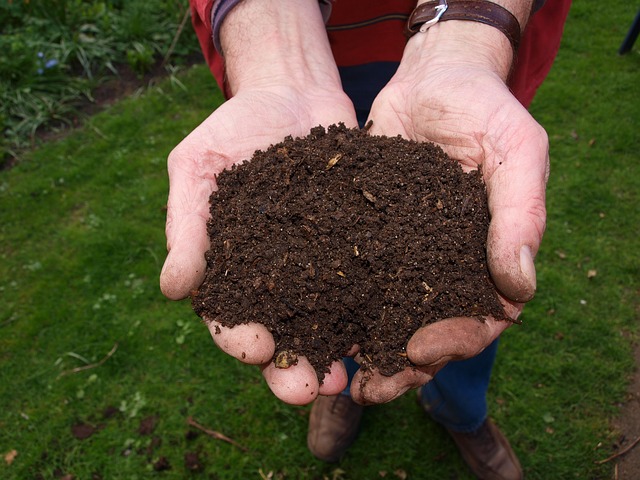
Adequately broken down, compost is a mixture that looks similar to topsoil. Dark and crumbly, it’s composed mainly of food scraps, leaves, grass clippings, and other plant materials. Over time, these organic waste products are broken down by microorganisms to become finished compost.
Whether you buy bags of compost, get it for free from your municipality, or have your own compost pile, compost is an invaluable tool for the home gardener.
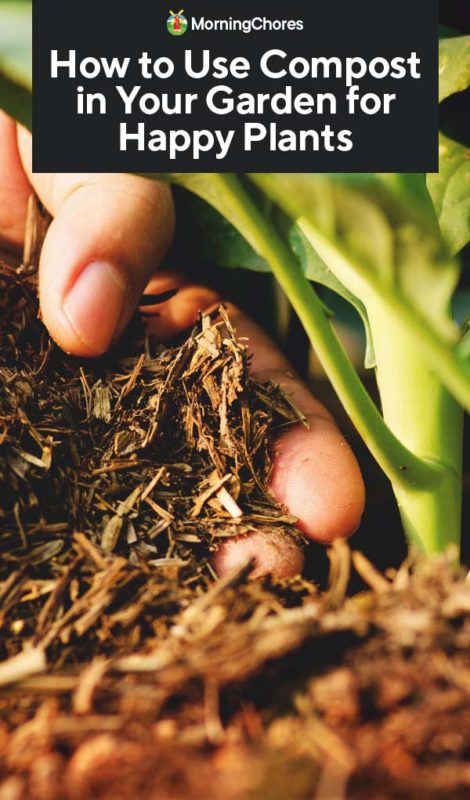
How to Use Compost
There are many effective ways to use compost. Here’s a breakdown of the different methods.
Soil Amendment
Use compost to add nutrients to the soil organically. As a Square Foot Gardener, I like to add a handful of compost each time I succession sow something in my beds. If I pull out a crop of lettuce that’s begun to bolt, I’ll add compost, work it into the top layer of soil. Then, sow a new batch of seeds for your crop. Compost also provides your soil with a variety of essential micronutrients. Adding compost also introduces microorganisms to your soil, which in turn improves its overall health.
Soil Conditioner
Compost improves the condition of the soil. Adding compost improves the fluffiness and texture of your earth, which makes your plants more productive and more resistant to disease.
Maintain pH
Adding compost to your garden beds will help the soil maintain its pH levels over time.
Weed Prevention
Mulching with compost is a great way to reduce weed growth around your plants.
Growing Vegetables
Use compost to satisfy heavy feeders like tomatoes. Spread compost around the base of your plant and water well. The advantage of compost over other types of fertilizers is that it slowly releases nutrients into the soil, so it’s virtually impossible to damage or burn your plants using compost as you can with fertilizer – unless the compost you use isn’t finished.
As Mulch
Compost is a suitable mulch option that helps protect plant roots, conserve moisture, and maintain desired temperatures.
As Soil
Preparing a new bed or need to replace the soil in your containers? Use compost. It’s cheaper than purchasing specialty soil mixes and contains nutrients for your plants. Did you know that the Square Foot Gardening Foundation suggests beds filled with compost as an alternative for their proprietary Mel’s Mix?
Fertilize Lawn
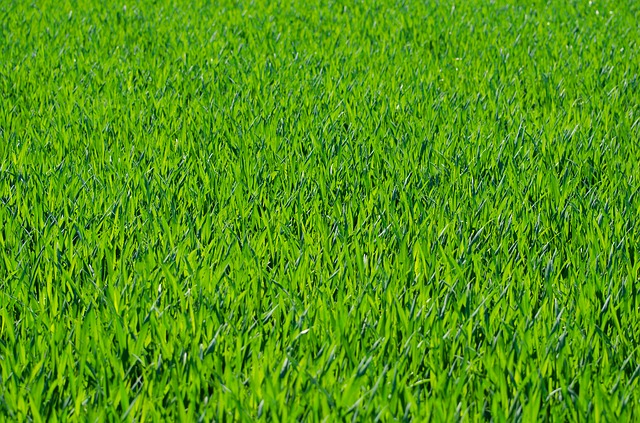
Apply compost to bare areas or burnt spots on your lawn. Adding compost introduces nutrients and prevents soil compaction. You may also use compost as a first layer before seeding or incorporating a new lawn. Fertilize your yard with a thin layer of compost. Use a rake to spread the compost and ensure it settles down into the soil.
Making Your Own Compost versus Buying It
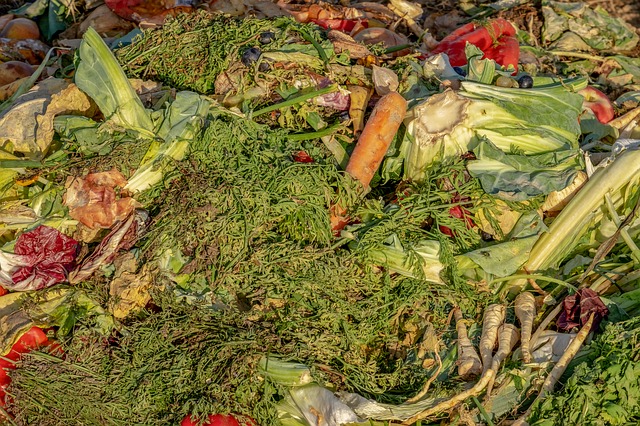
Making your own compost takes a bit of effort, but it’s well worth it if you have a bit of space and patience. If you’re fine tossing all your kitchen waste in your city’s brown bin, go right ahead. But why not keep those scraps and make your own compost? You’ll not only experience the satisfaction of doing so, but you’ll also save money in the long run, too.
I had a compost bin when I lived at my parent’s place, but my dad has never been good at figuring out what’s appropriate to toss into the bin. He still puts in things that will never break down (e.g., cracked ceramic pots), and however many times I explain to him that his habits won’t net him any useful compost, he continues on.
The key to making great compost is ensuring that you add a variety of materials to your bin (but not things like ceramic pots). Compost made up of different materials will provide a greater spectrum of nutrients to your soil.
Buying compost is another option. Buying is bulk is a great way to save money, but receiving a large dump truck full of compost in your driveway isn’t always ideal. The benefit of buying compost is that it’s convenient, and it’s easy to buy a variety of compost types to vary the nutrient profile introduced into your soil.
Using Compost: Step by Step

No matter how you plan to use your compost, you might be wondering how to get all that lovely black gold into the garden the right way. Here’s how to get it done:
- Verify that your compost is ready to use. How can you tell? Finished compost is dark in color, crumbles in your hands, has a fresh earthy scent, and doesn’t have any large chunks.
- Decide how you want to use your compost:
- In a potted plant soil mix
- Add to garden beds when planting new seeds or seedlings
- Add to garden beds in fall
- Side dress vegetable plants, flowers, or shrubs
- When you’re done using up your compost, don’t forget to continue adding to your existing pile or bin! The work never stops, but you’ll always be rewarded with nutrient-filled compost at some point each season.
Can I add compost to my garden at any time of year?
Yes! There’s no right or wrong time to spread compost in your garden beds. You might have a bit of trouble doing so in the winter, of course, but when you choose to spread compost is totally up to you. I like to spread out a layer of compost at the end of the season. The ritual is part of my garden teardown process. I might leave a few winter-hardy crops behind to harvest until the frost totally kills them, but otherwise, I like to clean things up so in the spring there’s not much to do other than taking out garden structures and decor.
What if I don’t have enough compost to layer on all my garden beds?
That’s fine! You can always buy a bag or two to supplement your home-made compost. If your supply is running low, side-dress your plants instead of spreading compost everywhere or working in a whole bucket full into your soil.
If I use compost in my garden, do I still need to fertilize?
A compost made up of multiple ingredients will have more nutrients than one sourced from a single nutrient. If you consistently use a rich compost in your garden, you may not need to fertilize. Keep in mind that if you’re just starting to add compost to your garden beds filled with poor quality soil, it may take a while before your soil reaches a “healthy” state.
Do you use compost in your garden? Do you think it’s worth it to make your own? Why or why not? Tell us about how compost has helped your gardening efforts and share any tips you have! We’d love to hear about your compost experiences, especially your favorite ways to use this excellent amendment.

